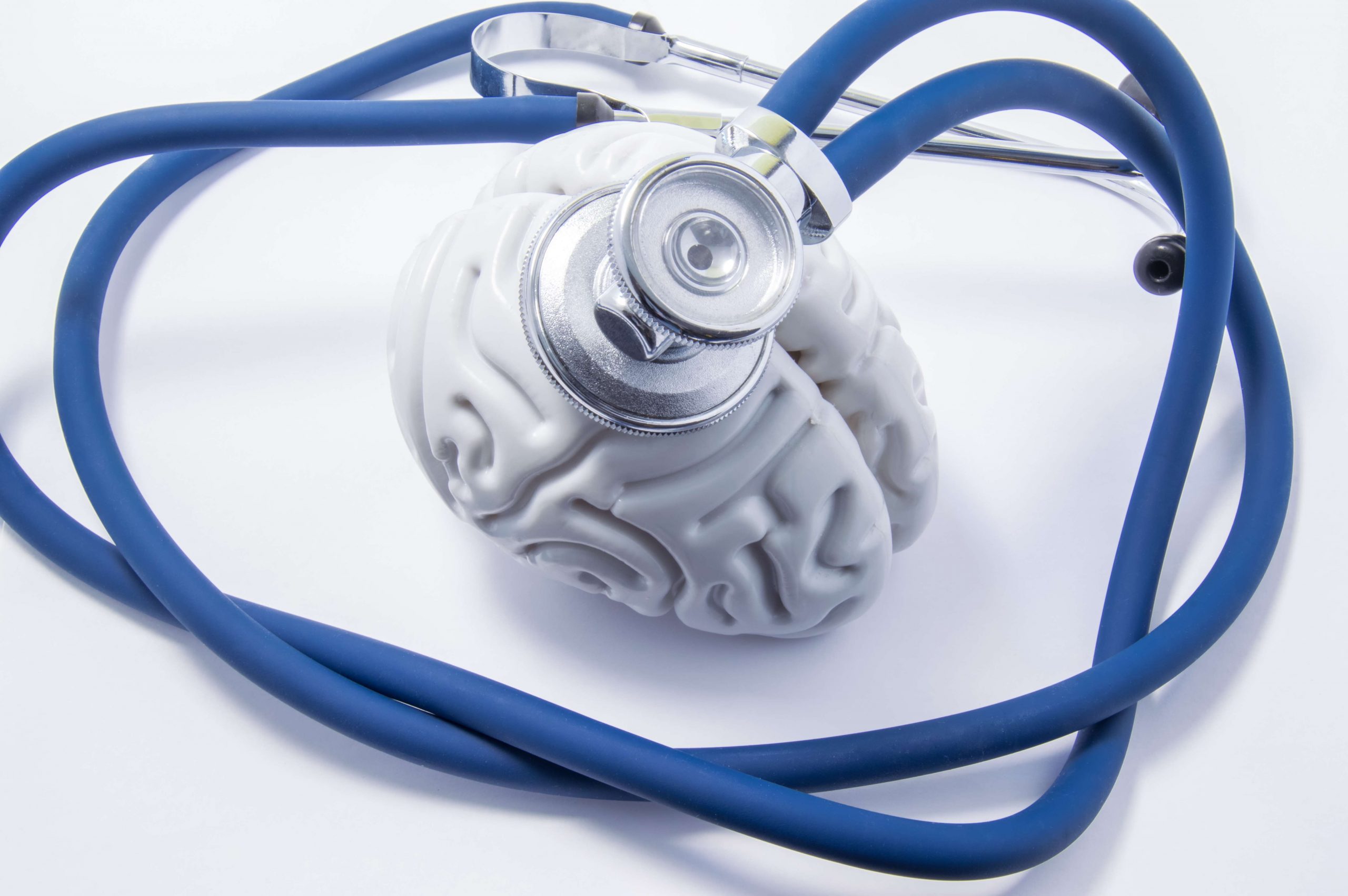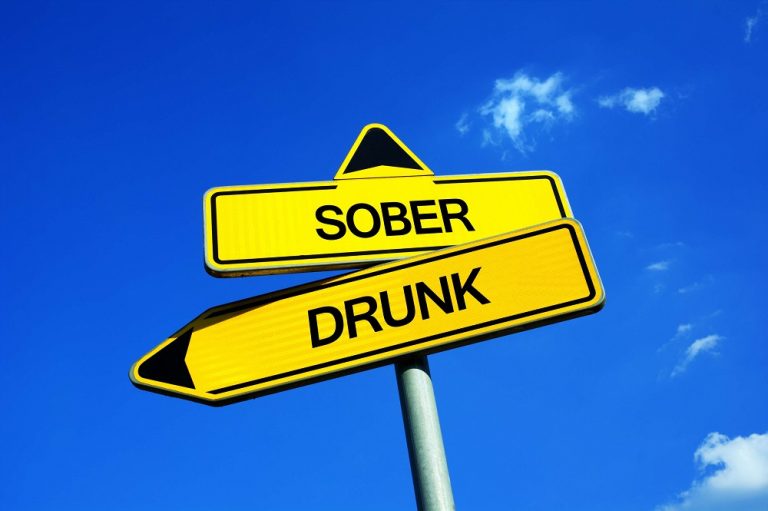Opioid Withdrawal and Addiction
In 2019, 1.6 million people in the U.S. were diagnosed with OUD and, in 2018, nearly 50,000 people—around 130 people per day—died from overdoses involving opioids. Nearly 75% of all drug overdose deaths in the U.S. involved an opioid in 2020. Overdose deaths that involve opioids have increased at an alarming rate in recent years — by more than eight times since 1999.
Health Conditions
While a majority of people legally symptoms of opioid addiction obtain a prescription from their doctor, others may borrow or steal pills from family members or friends. However, using another person’s medications is illegal and constitutes abuse. If you’re currently taking prescription opioids and are concerned you may be developing a use disorder, talk to your healthcare provider immediately. Having certain physical health conditions, such as chronic pain, can increase people’s use of opioids and the eventual development of OUD. It typically involves an overpowering drive to use opioids despite consequences, increased opioid tolerance and/or withdrawal symptoms when you stop taking opioids. Common signs and symptoms of opioid addiction include lethargy, slow or shallow breathing, nausea, poor coordination, constipation, and jitteriness.
- Tapering your dose is essential because it helps minimize your risk of withdrawal symptoms.
- A significant complication that is a leading cause of opioid-related deaths is returning to drug use after detox.
- The term opiate refers to any type of narcotic opioid alkaloids that come from opium poppy plants and includes Vicodin, OxyContin, and the illegal street version, heroin.
Treatment & Support

Individuals with pre-existing lung diseases are at a higher risk of death from opioid overdose due to decreased lung capacity. It is also important to note that the appearance of withdrawal symptoms can be evident when drug addiction an individual attempts to quit or reduce opioid use. These symptoms may include sweating, shaking, and visible agitation, which can be distressing to observe.
Opioid Use Disorder: Symptoms, Causes, and Therapy Options
Codeine addiction is the abuse of Codeine which is a weaker opioid found in cough syrups and prescription pain medications. There are many forms of treatment available that can be specifically tailored to treating opioid addiction. Download and print a convenient visual reference of the steps you shoudl take if you encounter someone who may be experiencing an opioid overdose. If a person is experiencing an overdose, they may lose consciousness, and it may be difficult to wake them. Severe overdoses can lead to respiratory depression and a slowed heart rate. An opioid overdose is a medical emergency and requires medical attention as soon as https://bellevueprimaryandhighschool.co.za/lifespan-of-alcoholics-revealed-substance-abuse/ possible.
